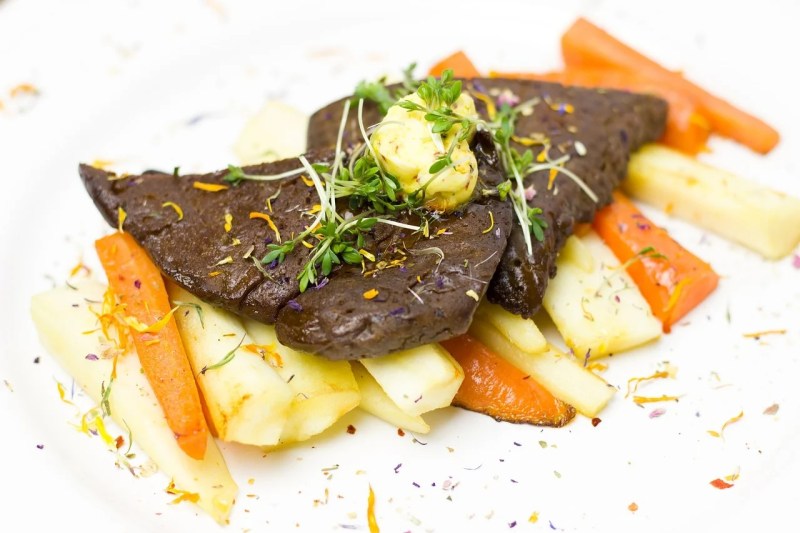As a personal trainer and nutritionist, I always encourage my clients to eat a high-protein diet, as it can help with weight loss, building muscle, and overall health. If you currently have a daily protein goal to hit, you might be drinking protein shakes and eating chicken daily, which can be monotonous. However, this doesn’t mean you should give up on the high-protein diet. Rather, keep reading to discover seven underrated high-protein foods to include in your meal rotation!
7 underrated high-protein foods to include in your diet

- Canned tuna: Affordable, shelf-stable, and rich in lean protein, canned tuna provides around 25 grams of protein per 3-ounce serving, making it a convenient way to boost your intake on busy days.
- Kefir: This tangy, fermented milk drink delivers about 10 grams of protein per cup while also supplying probiotics that support digestion and overall gut health.
- Seitan: Made from wheat gluten, seitan offers a meaty texture and packs in approximately 21 grams of protein per 3-ounce serving, making it ideal for plant-based diets.
- Egg whites: With roughly 3.6 grams of protein per egg white and zero fat, they’re perfect for low-calorie, high-protein meals that don’t compromise on nutrition.
- Bison: Lean and flavorful, bison provides around 22 grams of protein per 3-ounce cooked serving — more than beef, with less fat and a rich supply of iron.
- Pumpkin seeds: One ounce of these crunchy seeds gives you about 7 grams of protein, along with magnesium, zinc, and healthy fats in every handful.
- Anchovies: These tiny fish pack a punch with about 17 grams of protein per 3.5-ounce can, plus heart-healthy omega-3s and bold umami flavor that elevates any dish.
How to use these foods to hit your protein goals

To hit your protein goals with these underrated foods, aim to incorporate them throughout the day. Here are a few examples:
- Start with egg whites or kefir at breakfast for a lean, high-protein base.
- Add canned tuna or seitan to salads, wraps, or grain bowls for a satisfying lunch.
- Use bison as a lean alternative to beef in burgers, stir-fries, or tacos.
- Snack on pumpkin seeds or blend them into smoothies for a nutrient-dense boost.
- Include anchovies in pasta dishes or add them to dressings and sauces for extra protein and flavor.
Why does diversifying your protein sources matter?

Diversifying your protein sources is essential for balanced nutrition and long-term health. Different protein-rich foods offer unique benefits — some are high in essential amino acids, while others provide vitamins, minerals, or healthy fats. For example, kefir supports gut health with probiotics, pumpkin seeds offer magnesium and zinc, and bison delivers iron and B vitamins.
Rotating sources also helps prevent boredom and makes it easier to stick to your goals. It’s especially important for plant-based eaters to mix proteins for complete amino acid profiles. A varied approach not only maximizes nutritional intake but also keeps meals enjoyable, satisfying, and sustainable.
What are the benefits of a high-protein diet?

Supports muscle growth and repair
According to an NIH study, “Dietary protein is required to promote growth, repair damaged cells and tissue, synthesize hormones, and for a variety of metabolic activities.” This suggests that consuming a sufficient amount of protein is crucial for athletes, active individuals, and those seeking to build strength or maintain lean muscle mass.
Keeps you fuller longer
Protein is more satiating than carbs or fat, which means it helps reduce hunger and cravings. This can support better portion control and make it easier to maintain or lose weight without feeling deprived.
Boosts your metabolism
Digesting protein requires more energy than other macronutrients, which can slightly increase your calorie burn and support a healthy metabolism.




